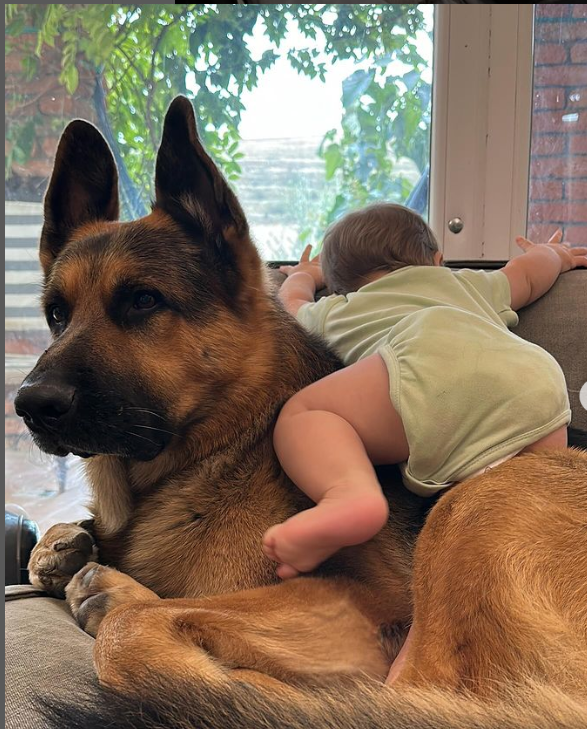How to Calm a Fearful Cat
Cats are naturally cautious creatures, but some are more fearful. This can be due to several factors, including genetics, early life experiences, and current environment.
If you have a fearful cat, it’s essential to understand that their fear is accurate and that they need your help to overcome it. You can do several things to calm your cat and make them feel more secure.
Identify the source of fear
The first step to calming a fearful cat is to identify the source of their fear. This can be difficult, as cats don’t always communicate their emotions in ways we can easily understand. However, there are a few things you can look for:
- Body language: A fearful cat may exhibit several physical signs of fear, such as flattened ears, a tucked tail, and wide eyes. They may also hiss or growl.
- Behavior: A fearful cat may try to hide, run away, or freeze when they are scared. They may also avoid certain areas of the house, people, or animals.
- Triggers: Once you have identified things that scare your cat, you can start tracking their motivations. This will help you to avoid or reduce their exposure to these things.
Create a safe space.
Once you know what your cat is afraid of, you can create a safe space for them to feel comfortable and relaxed. This could be a small room, a closet, or a cardboard box. Make sure to include some of your cat’s favorite things in their safe space, such as a cozy bed, toys, food, and water.
Reduce stress
You can do several things to reduce stress in your cat’s environment. This includes:
- Creating a routine: Cats thrive on routine. Try to feed your cat and play with them at the exact times each day.
- Providing plenty of stimulation: Cats need both mental and physical stimulation. Ensure to provide your cat with various toys and climbing structures.
- Minimizing noise and disruption: Cats are easily startled by loud noises and sudden movements. Try to keep your home as quiet and calm as possible.
Build trust
It takes time and patience to build trust with a fearful cat. The best way to do this is to be patient and gentle. Avoid forcing your cat to interact with you or other people or animals. Instead, let them come to you at their own pace.
Here are some tips for building trust with a fearful cat:
- Speak softly and move slowly.
- Spend time sitting quietly in the same room as your cat.
- Offer your cat treats or toys, but don’t force them to take them.
- Gently pet your cat if they allow it.
- Only pick up your cat if they are used to it.
Desensitization and counterconditioning
If your cat is afraid of a specific thing, you can use desensitization and counterconditioning to help them overcome their fear. Desensitization involves gradually exposing your cat to the item they are afraid of, starting with small amounts and increasing the exposure over time. Counterconditioning involves pairing what your cat fears with something they enjoy, such as a treat or a toy.
For example, if your cat is afraid of vacuum cleaners, you could start by turning the vacuum cleaner on in another room and giving your cat a treat. Once they are comfortable with that, you can move the vacuum cleaner closer to your cat while they are eating. Eventually, you should be able to vacuum the room where your cat is without becoming stressed.
Seek professional help
If you have tried all of the above and your cat is still fearful, you should seek professional help from a certified cat behaviorist. A behaviorist can assess your cat’s situation and develop a personalized training plan to help them overcome their fear.
Here are some additional tips for calming a fearful cat:
- Use Feliway diffusers or sprays. Feliway is a synthetic version of a natural pheromone that cats use to communicate with each other. It can be used to help reduce stress and anxiety in cats.
- Try calming treats or supplements. There are several calming treats and accessories available for cats. The most popular ingredients include L-theanine, valerian root, and catnip.
- Provide your cat with plenty of hiding places. Cats feel safe when they have a place to hide. Ensure to provide your cat with various hiding places, such as boxes, tunnels, and cat trees.
- Be patient and understanding. It takes time and patience to help a fearful cat overcome their fears. Be patient with your cat, and don’t force them to do anything uncomfortable.



